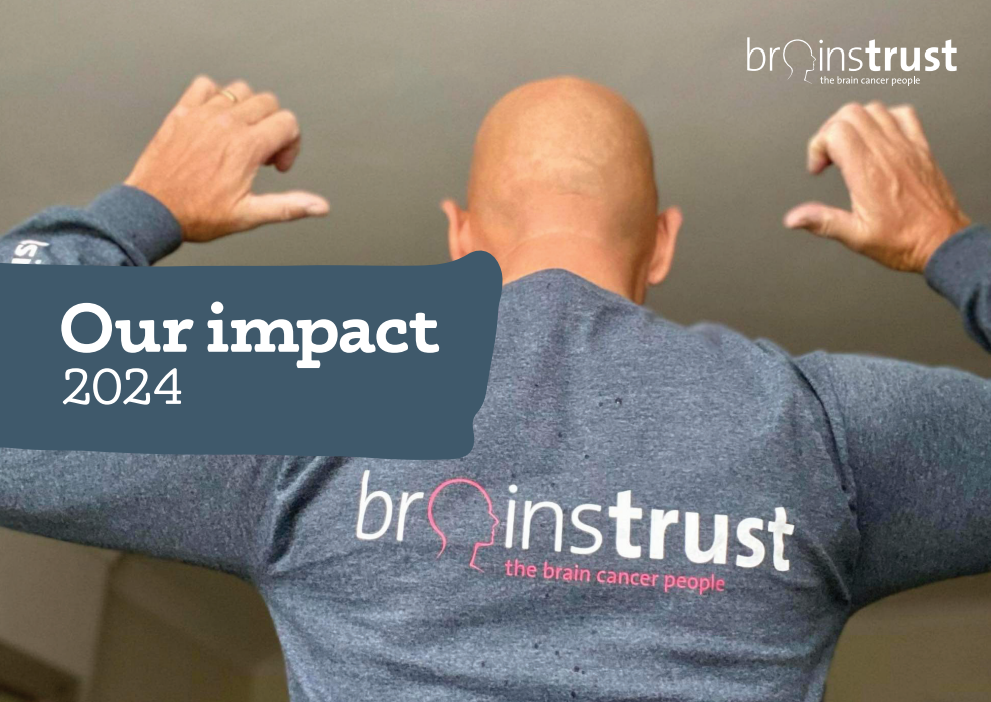Cochrane Special Collection: Transforming the clinical research landscape for people with brain cancer
Cochrane systematic reviews: bringing clinical research closer to people The publication of the latest Cochrane Systematic Reviews on brain tumours brings together years of collaborative effort [...]




